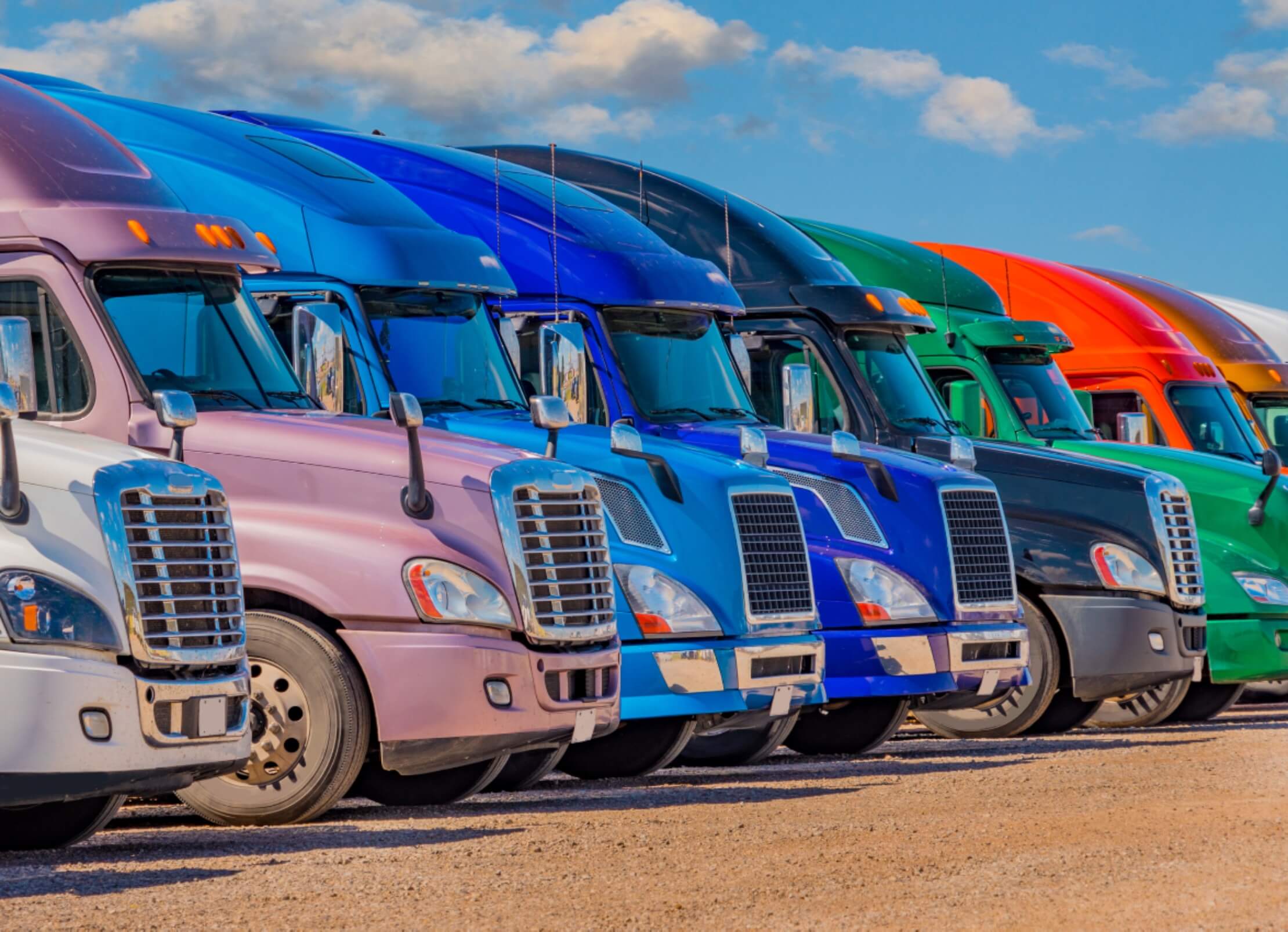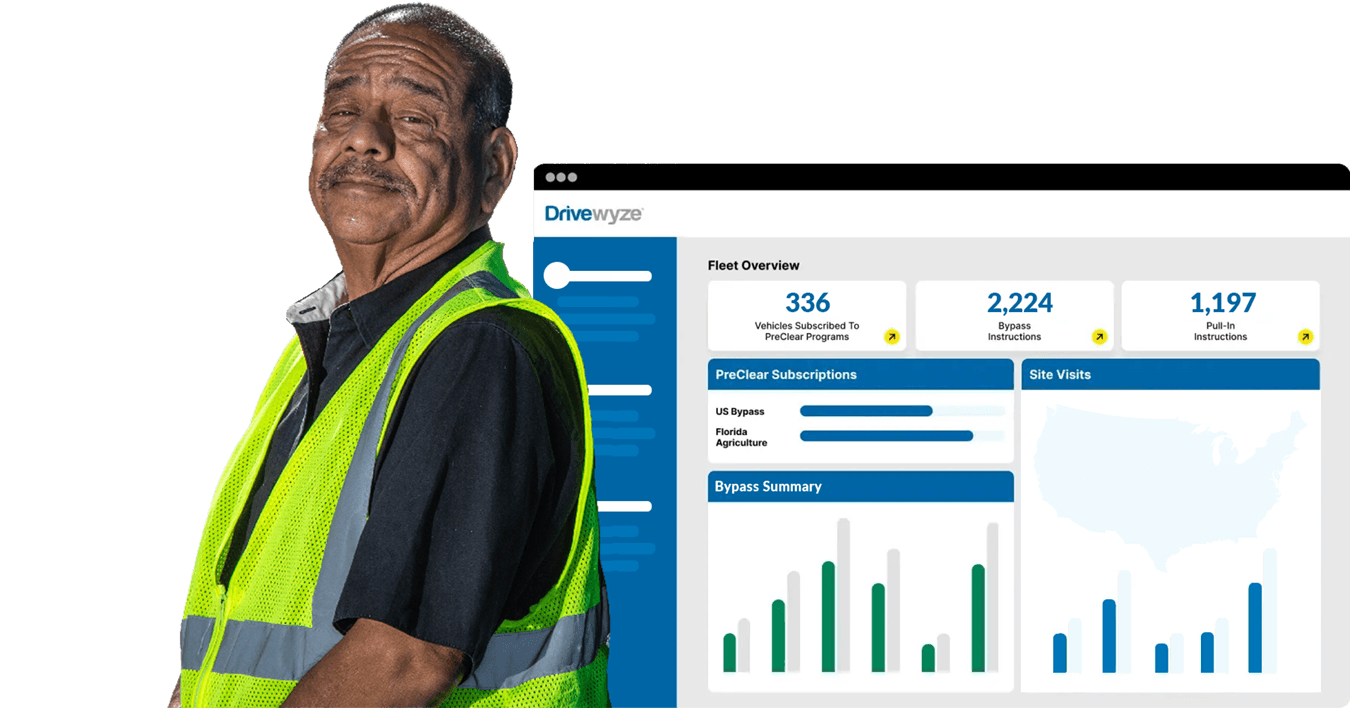Got an extra $7.4 million?
That’s what a jury awarded Ronnie and Sandra Claxton after a flatbed hauler, carrying an oversize load, hit a low bridge sending metal debris through the windshield of the Claxton’s car.
Collisions involving low bridges are more common than one may think.
Do a quick Google search, and you’ll find plenty of recent reports and photos of trucks that “took some off the top” as a driver had a complete lapse of judgment, or missed the posted road sign.
In late February, a trucker tried to squeak his 13’6” tall trailer under a 11’6” bridge in Spokane, Washington. A Facebook video shows a tow truck trying, and trying, to pull the stuck trailer out of its new found home.
The costs involved can be detrimental, not to mention the impact a bridge strike can have on safety scores. In fact, according to the Department of Transportation (DOT), the average trailer repair costs exceed $10,000 – not including cargo – and the owner of the vehicle is liable for damages to the bridge, which can be over $100,000. Then, there’s fines. The moral of the story is, it’s a costly mistake.
In New York, low bridge strikes are so common that Governor Andrew M. Cuomo recently created a proposal that includes cracking down on height violators. According to a statement from Cuomo’s office, approximately 150 vehicle bridge hits occur each year in New York, costing the state roughly $30 million.
The reality is, even if you haven’t personally experienced a bridge strike, it still happens more often than it should. In fact, according to the DOT’s most recent data from 2014 regarding bridge strikes, more than 4,200 occur each year.
While there are typically signs posted, stating the height of an upcoming “low” bridge, those signs can be easily missed. And while most in-cab navigation systems are designed to automatically provide information to drivers along their route, what we’ve found is that more often than not, drivers turn off their navigation system once they know where they’re going.
In fact, data we’ve gathered shows that 65 percent of drivers turn off their navigation after the first mile of their route and don’t turn it back on until the final mile. It shows that many drivers don’t want to receive constant updates from their navigation system about their route if they already know where they’re going. That complacency can lead to a drive down an unfamiliar street and ultimately a low bridge strike.
But Drivewyze subscribers have a safeguard on top of safeguard.
If you’re driver’s navigation system isn’t on, ours is. Always.
Low bridge alerts are part of Drivewyze Safety Notifications that we introduced last year. High rollover areas and mountain alerts are also part of the notifications.
Since a Drivewyze-enabled ELD is always on to inform a driver whether or not they are cleared to bypass upcoming weigh stations, it’s also on to alert drivers (audible and visual) of upcoming low bridges – more than 1,500 of them throughout North America. Including the bridge that was hit in Texas, that is costing a trucking firm more than $7 million, and the bridge that was recently hit in Spokane. More continue to be added by Drivewyze as trouble spots are identified, using our geo-fencing technology that makes us the leader in weigh station bypass.
Bottom line: Low bridge strikes shouldn’t ever happen, but they do. And, they can be devastating to a fleet and the driver. And, the regular commuters, like the Claxtons. We hope fleets and their drivers using our Safety Notifications feel reassured knowing there’s a system on the lookout for those troublesome bridges.
Want to learn more about Drivewyze’s industry-leading Safety Notifications? Check out our recent webinar in conjunction with Transport Topics on the subject. Simply enter your name and email address and you’ll have access.

Ready to Get Started?
Learn how North America’s leading carriers use Drivewyze to save money and improve safety.


